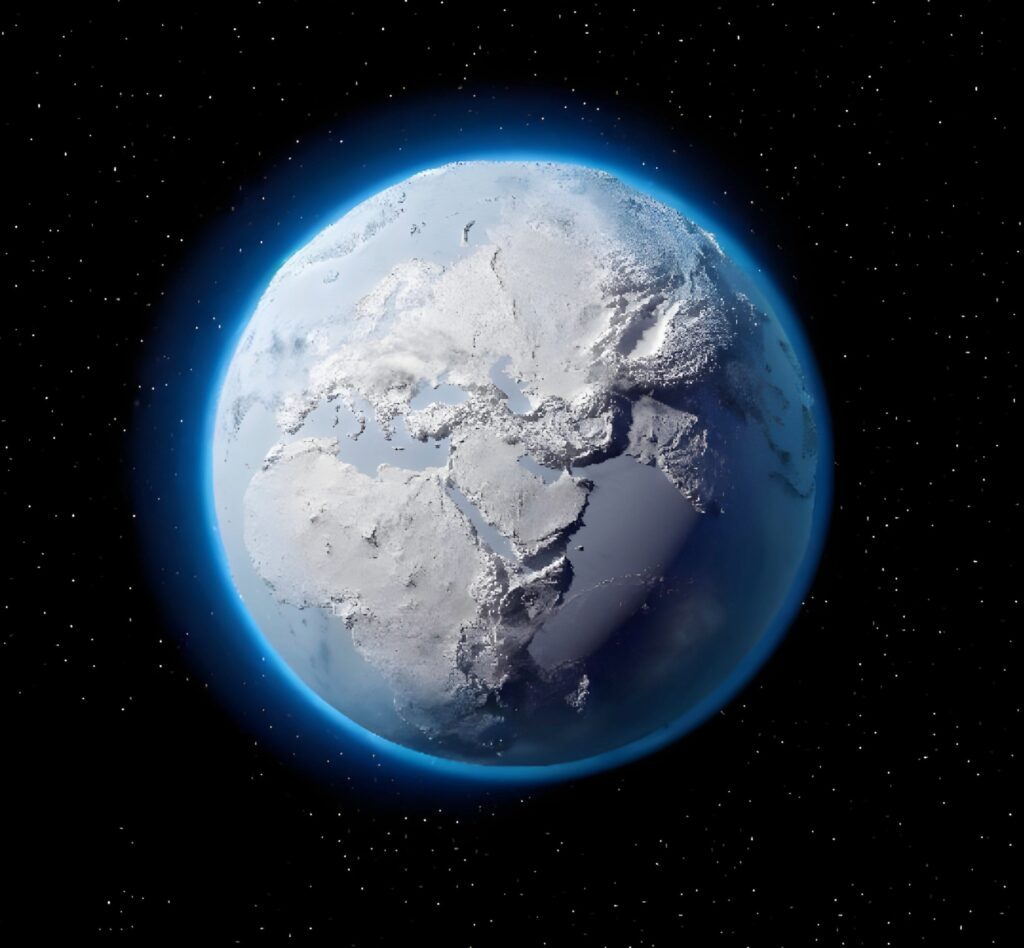The article explores two significant ancient glaciation events during Earth’s history, focusing on the Neoproterozoic era. The first, the Startian Glacier, lasted 56 million years, transforming the planet into a "snowman." The second, more complex event, the Marinoa Glacier, involved extensive ice coverage that persisted for around 4 million years.
Research led by Adrian R. Tasistrohart in 2025 linked geological formations in Namibia to this glacial period, shedding light on the stability of ice sheets and life during extreme temperatures. The team used drone imaging and core samples, revealing that volcanic activity played a crucial role in regulating Earth’s climate, where increased albedo from ice reflected solar radiation, leading to prolonged cooling.
Additionally, the article discusses how CO2 accumulation, stemming from slowed silicate weathering under ice, eventually contributed to global warming, setting the stage for ecological shifts. Some organisms likely survived under the ice by relying on subglacial ecosystems driven by geothermal heat, influencing evolutionary developments during subsequent warming phases.
The findings prompt new discussions on the habitability of icy exoplanets, emphasizing how similar glaciation events might lead to complex atmospheric and climatic conditions. The study underscores the intricate interplay between geological processes and climate, as detailed in the journal Proceedings of the National Academy of Sciences.


